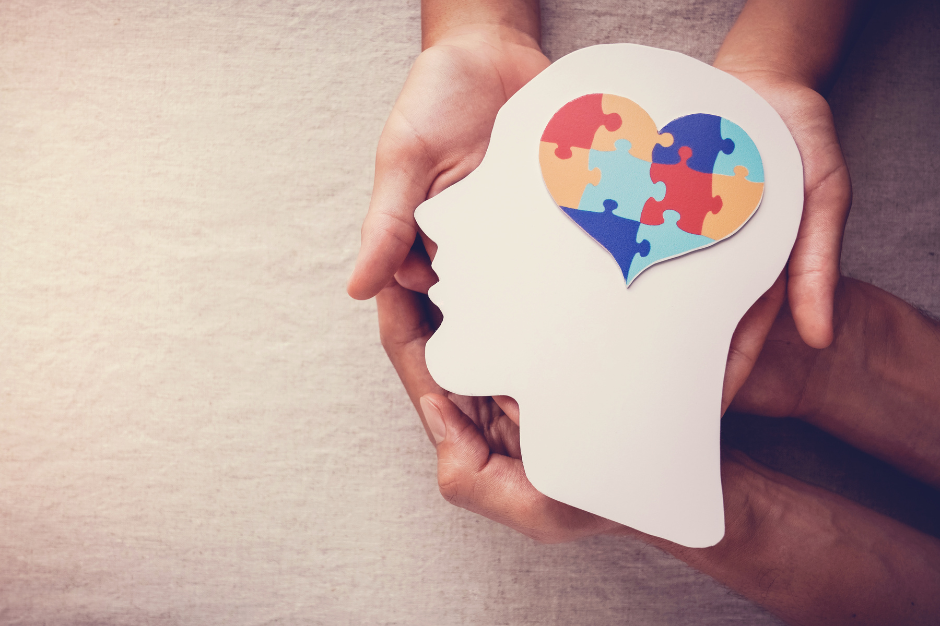In the second year of COVID, Americans aged 18 to 25 were those in the population most likely to struggle with a substance use disorder or a mental health issue. Meanwhile, one-in-five adolescents, aged 12 to 17, experienced a major depressive episode and 3.3 million adolescents reported having serious thoughts of suicide. Adolescents, with major depressive episodes, were also those most likely in their age group to use illicit drugs.
These are some of the key findings of the U.S. Department of Health and Human Services’ Substance Abuse and Mental Health Services Administration (SAMHSA) 2021 National Survey on Drug Use and Health, which was released earlier this month.
While this report cannot be compared to surveys from previous years because different methodologies were used, it gives a comprehensive overview of substance use and mental health in the United States.
“As the findings make clear, millions of Americans young and old faced mental health and substance use challenges – sometimes both at once – during the second year of the pandemic,” said HHS Secretary Xavier Becerra in a release.
The report gives a glimpse of the impact of COVID on mental health, in particular. Nearly half of the adolescents, aged 12 to 17, who experienced a major depressive episode (MDE) and half of the adults who have a mental health issue, reported that the pandemic negatively affected their mental health “quite a bit or a lot.”
The findings also show the continuing challenge of access to care for both substance use disorders and mental health problems. In 2021, 94% of people aged 12 or older with a substance use disorder did not receive any treatment (many of these individuals did not believe they needed treatment.) Meanwhile, more than half of youth with an MDE did not receive treatment and despite having the highest rate of serious mental illness, people aged 18 to 25 had the lowest rate of treatment. White and Multiracial adults were more likely to receive mental health services than Black, Hispanic or Latino, or Asian adults.
Key Findings
Other highlights from the report include:
Drug Use and Substance Use Disorder
- Among people aged 12 or older in 2021, 61.2 million people (or 21.9 percent of the population) used illicit drugs in the past year. The most commonly used illicit drug was marijuana, which 52.5 million people used. Nearly 2 in 5 young adults 18 to 25 used illicit drugs in the past year; 1 in 3 young adults 18 to 25 used marijuana in the past year.
- 9.2 million people 12 and older misused opioids in the past year.
- 46.3 million people aged 12 or older (or 16.5 percent of the population) met the applicable DSM-5 criteria for having a substance use disorder in the past year, including 29.5 million people who were classified as having an alcohol use disorder and 24 million people who were classified as having a drug use disorder.
Co-Occurring Substance Use Disorder with Any Mental Illness
- 13.5 percent of young adults aged 18 to 25 had both a substance use disorder and any mental illness in the past year.
- Nearly 1 in 3 adults had either a substance use disorder or any mental illness in the past year, and 46 percent of young adults 18-25 had either a substance use disorder or any mental illness.
- The percentage of adults aged 18 or older who met the criteria for both a mental illness and a substance use disorder in the past year was higher among Multiracial adults than among White, Black, Hispanic or Latino, or Asian adults. Asian adults were less likely to have had both AMI and a substance use disorder in the past year compared with adults in most other racial or ethnic groups.
Serious Thoughts of Suicide, Suicide Plans, and Suicide Attempts
- 12.3 million adults aged 18 or older had serious thoughts of suicide in the past year, 3.5 million made suicide plans, and 1.7 million attempted suicide.
- Hispanic or Latino adults were more likely than White or Asian adults to have attempted suicide in the past year, and Black adults were more likely than Asian adults to have attempted suicide in the past year.
For more information about the report visit the SAMHSA website.
If you are seeking treatment for mental health or substance use issues anywhere in Colorado, you can contact me at (303) 542-0180 or visit findtreatment.samhsa.gov. If you or someone you know is struggling or in crisis, help is available. Call or text 988 or chat 988lifeline.org.

